This post was written by Indigo Johnson, ESLT’s Education Coordinator and AmeriCorps Member. For more about Indigo, Click Here >>
Just a few days ago, I was reading a third-grader’s Sunflower Project journal and all of a sudden, I caught myself grinning from ear to ear.
The student’s task had been to illustrate a story about plants and pollination. I expected to see colorful and imaginative pages from her and her classmates. But when I flipped open this first journal, I was astonished.
The drawings inside were vibrant, creative, and fun, for sure. And they were so much more. They were full of knowledge and enthusiasm things that I could only dream these students felt after their class visits to the pollinator garden at Eastern Sierra Land Trust (ESLT).
This particular student had hand-drawn a flower, and labeled it with all of its scientific parts terms that I wondered if third graders could even pronounce, let alone feel compelled to include in a quick illustration.
And this wasn’t an isolated example. I opened the next journal, and was delighted to see that another student had taken the time to draw, write, and explain all the things a plant needed to grow, laying them out in little boxes across the page.
Journal after journal, student after student, showed similar levels of understanding and inspiration about what they had learned during their time spent in ESLT’s garden this spring. And, to be honest, these kids’ passion inspired me.
As Eastern Sierra Land Trust’s Education Coordinator and AmeriCorps Member, I had the privilege of working with these local third graders from Bishop Elementary as part of ESLT’s annual Sunflower Garden Project. This is an eight-week program, during which each class comes to the ESLT garden three different times in the spring to learn about topics like pollination, germination, and food production. They play games and do activities with us, and each student gets to plant a sunflower tracking its progress as it grows.
What’s more, while they’re learning about pollination, the students are also gaining an understanding about how food webs work. They’re figuring out that conserving one thing whether it be a plant, insect, or animal can have an impact on everything in its environment. These kids aren’t just learning how to plant a sunflower. They’re developing the foundations of conservation.
I walked into ESLT’s garden the other day, and was greeted with hug from a bright-eyed, newly-minted fourth grader who had brought her family to see the sunflower she had planted earlier this spring. Before she left, she made me promise that I was following a strict watering schedule.
Her enthusiasm gives me hope that she and her classmates will carry the lessons they’ve learned with them for much longer than it takes their sunflowers to grow and bloom. It gives me confidence that they are learning with their heads, and also with their hearts.
It is my hope that, in time, these students will grow up with a better understanding of our natural world, and a deep desire to protect it.
These boys and girls are the future of local conservation. When it comes to protecting the places, waterways, wildlife, and traditions that we all treasure, it’s to them that we must turn.
The Sunflower Garden Project would not be possible without the generous support of the U.S. Fish and Wildlife Service; the dedication of volunteers Edie Warkentine, Harold McDonald, and Laura Mogg; the support of teachers and parents in the third grade; and the program artwork donated by Cecily Foote. Thank you for inspiring these kids, and helping them learn and grow.
We are so grateful to local photographer Amy Leist for providing the beautiful photos shown here! To see more of her work, click here >>


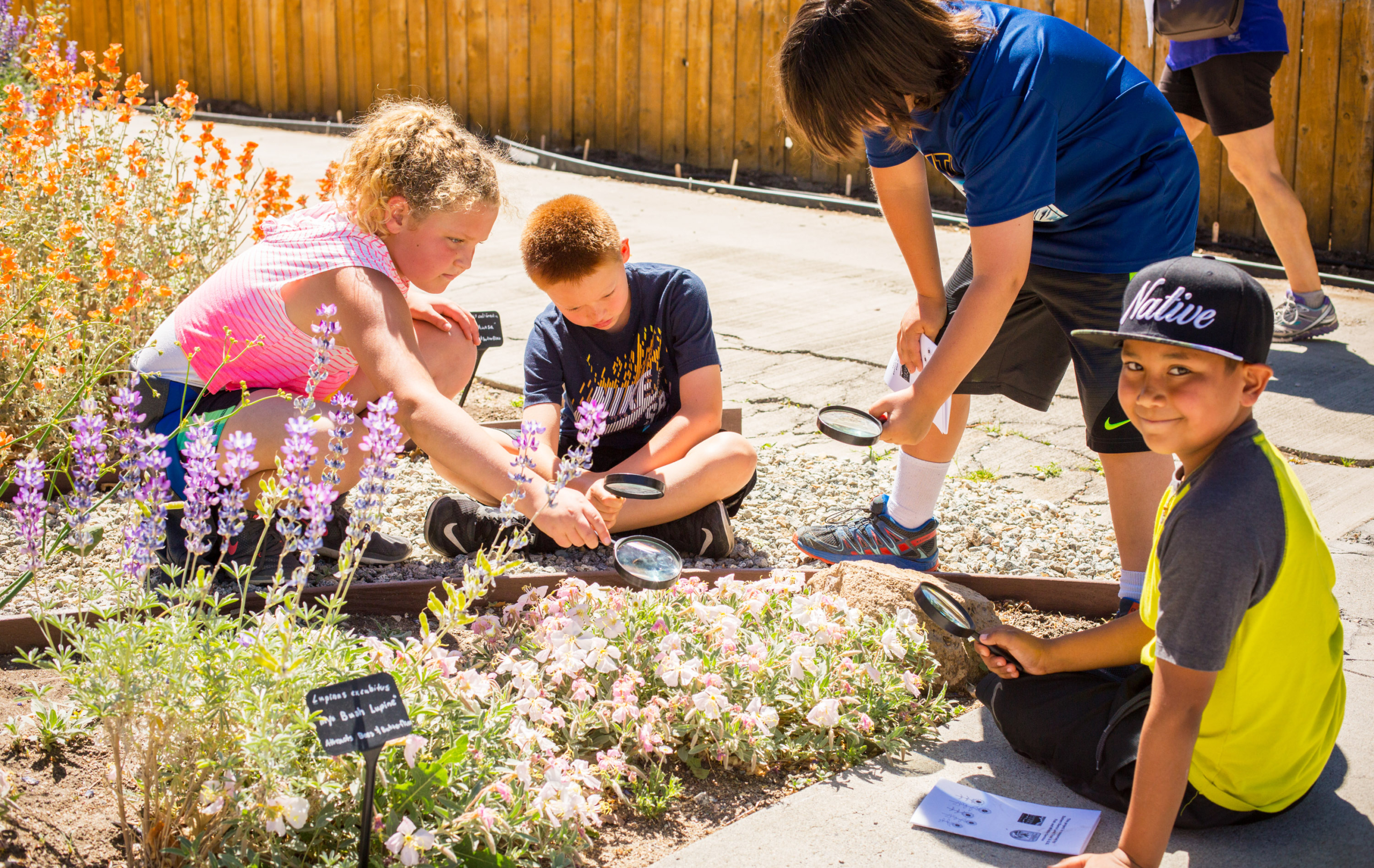
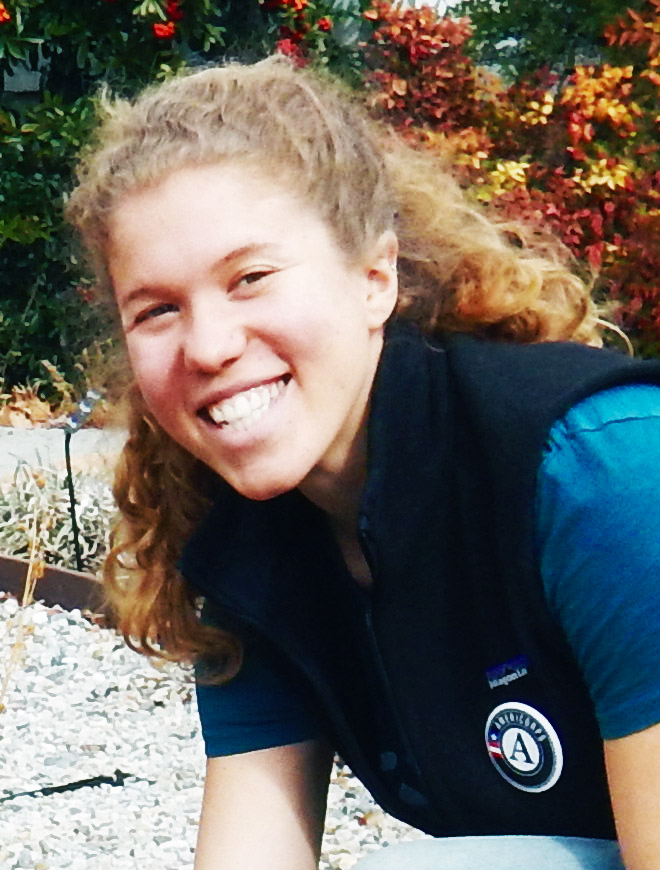
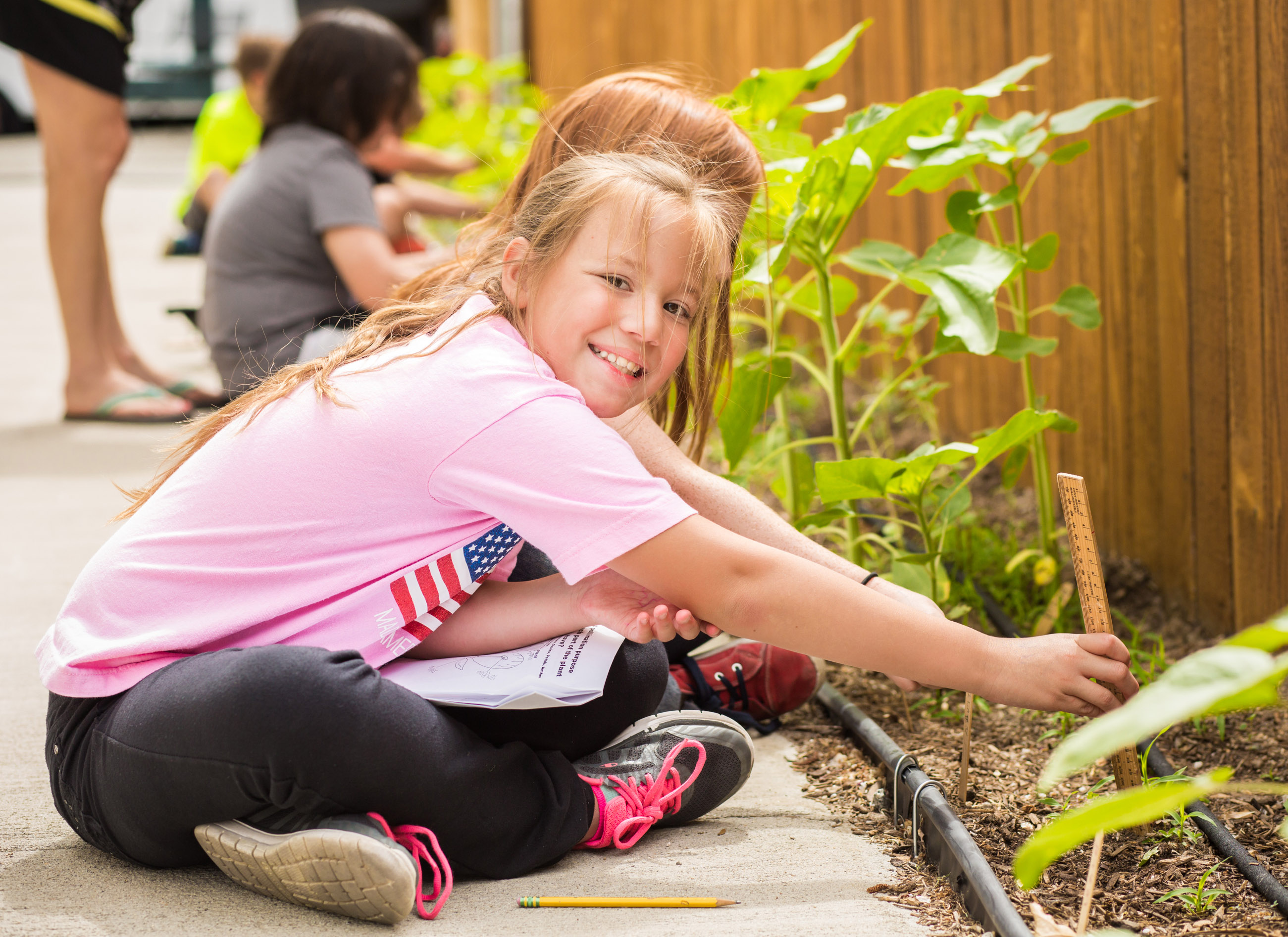
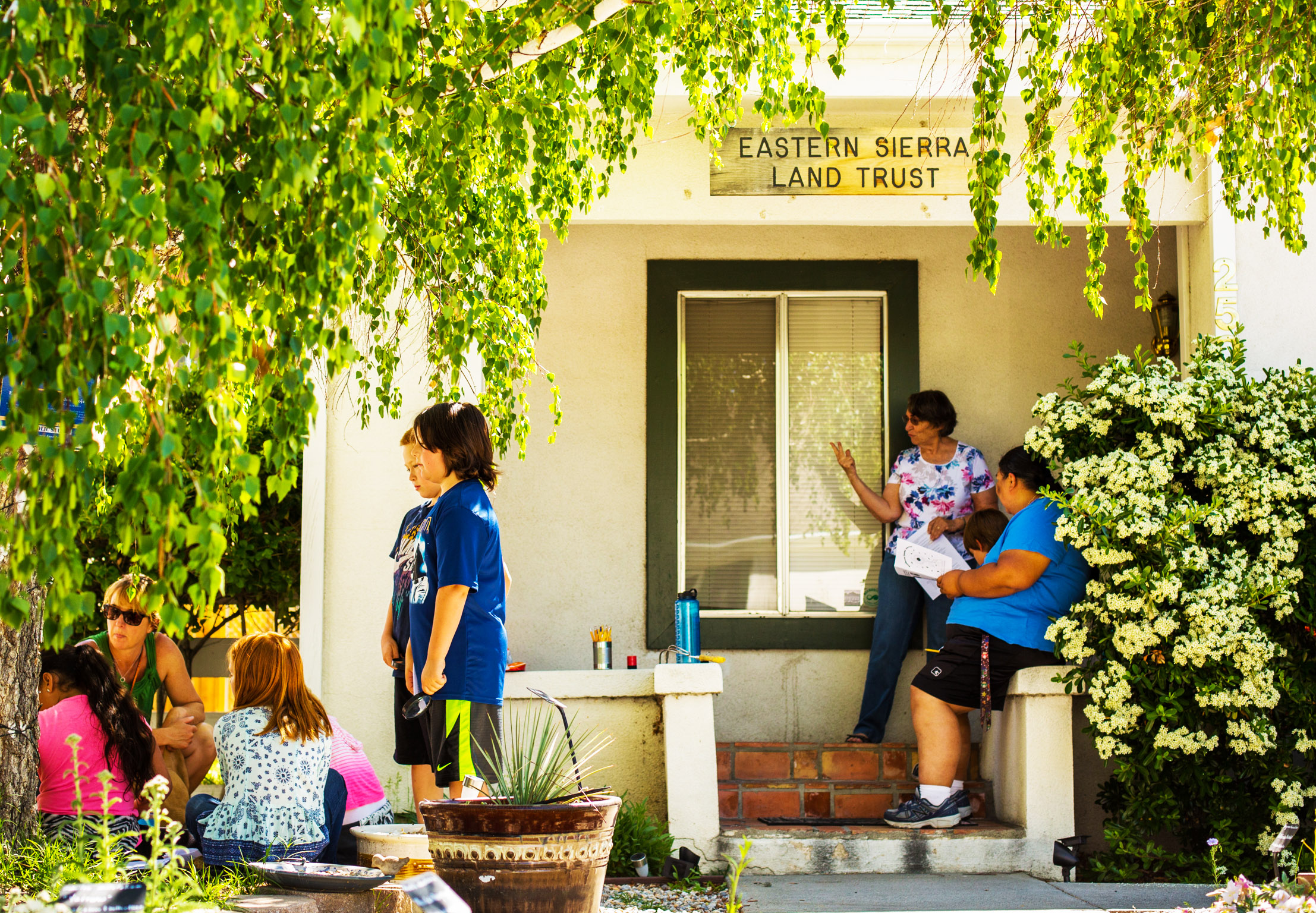
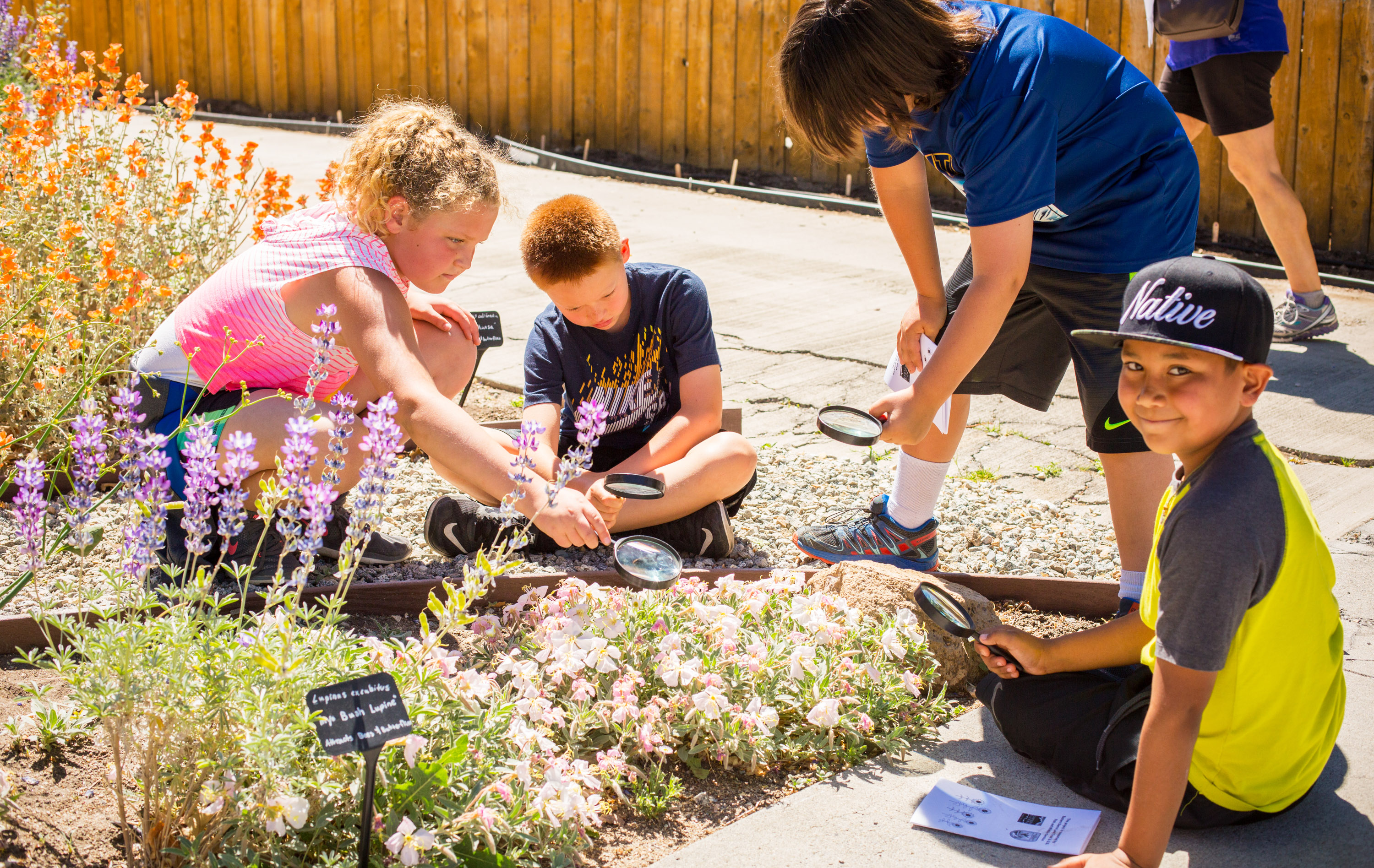

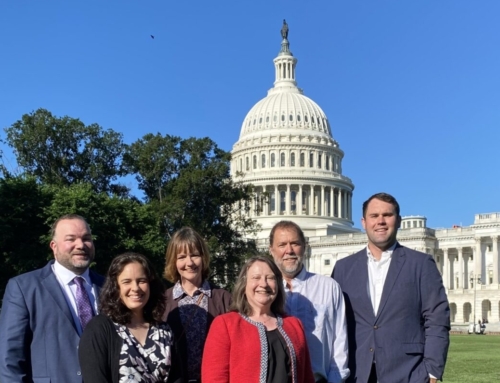
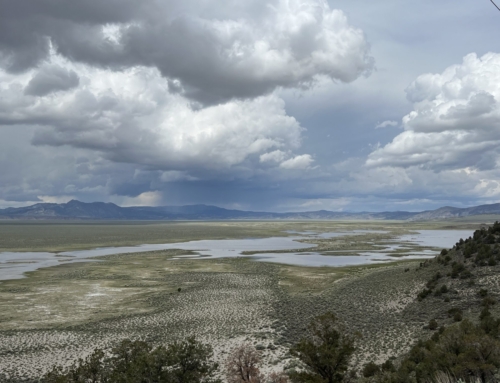
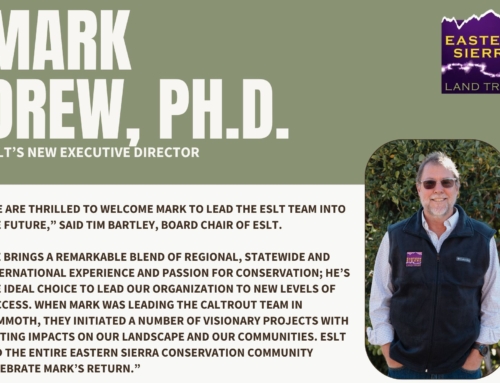
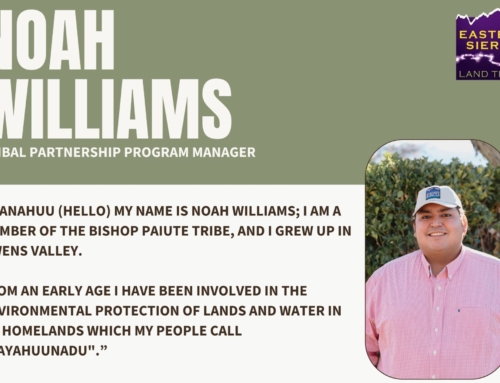
[…] youth environmental education programs, field trips, seminars, workshops, and […]